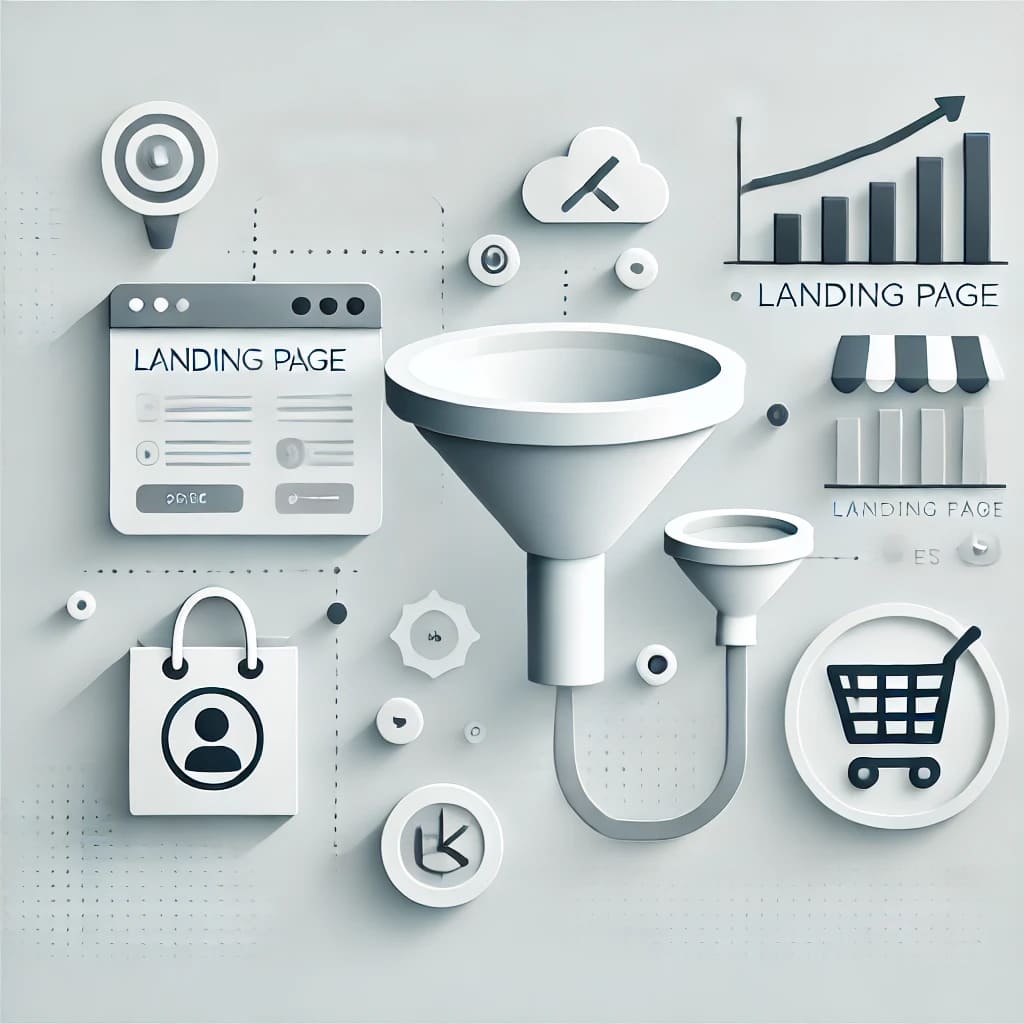
Introduction
Landing pages and sales funnels are critical components of digital marketing strategies. They serve as the bridge between marketing campaigns and actual sales, guiding potential customers through a journey that ideally ends in a conversion. This article aims to provide an in-depth understanding of how to create effective landing pages and sales funnels for specific marketing campaigns.
The Importance of Landing Pages and Sales Funnels
Key Elements of Effective Landing Pages
Anatomy of a Sales Funnel
Strategies for Effective Landing Pages and Sales Funnels
Best Practices
Conclusion
Landing pages and sales funnels are more than just standalone elements; they are integral parts of a cohesive digital marketing strategy. By understanding their roles and features, marketing and sales professionals can create more effective, targeted campaigns that not only capture leads but also drive them towards conversion. This module has provided the tools and knowledge needed to implement these critical components successfully.